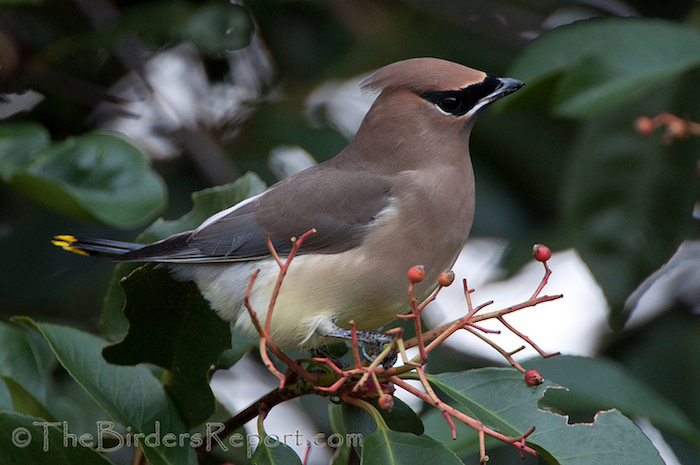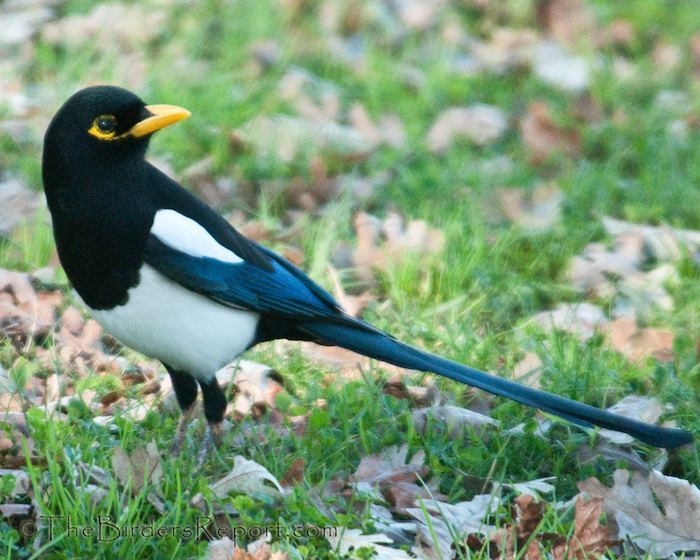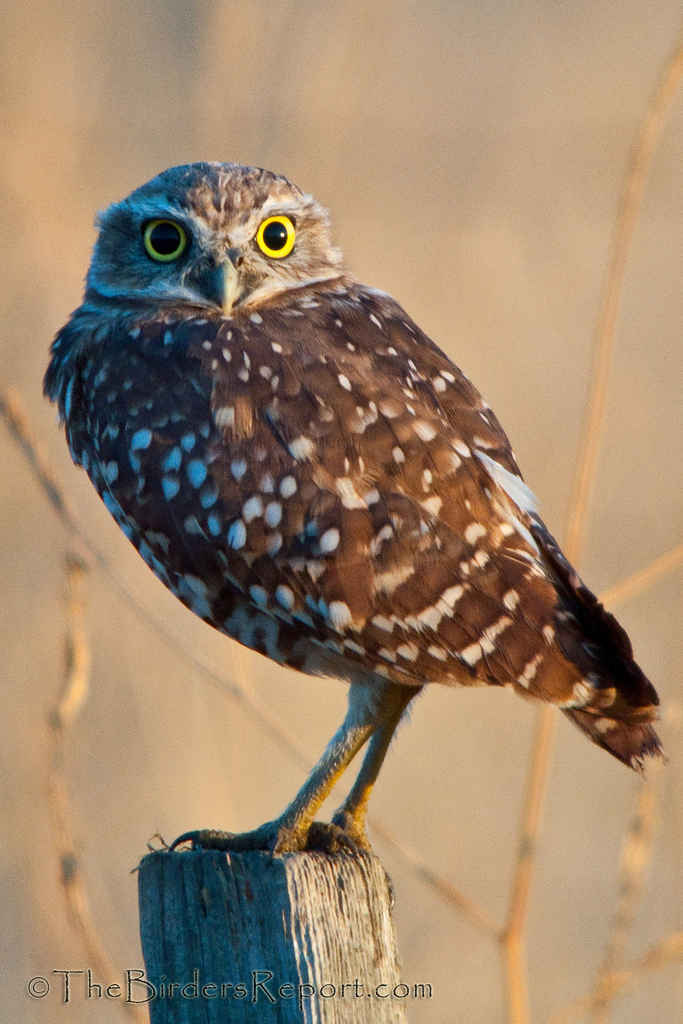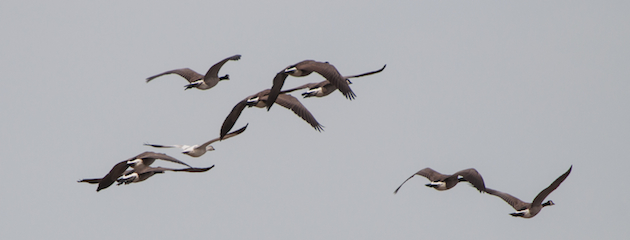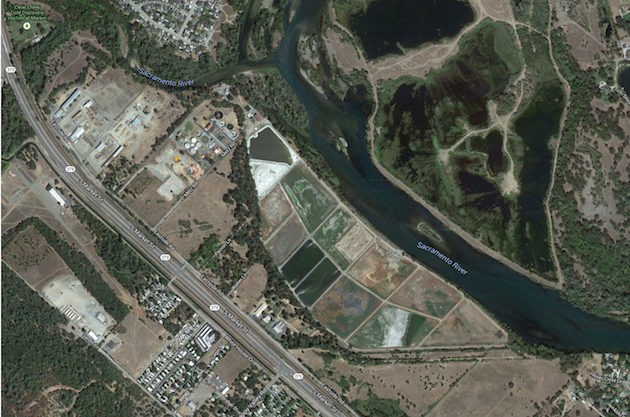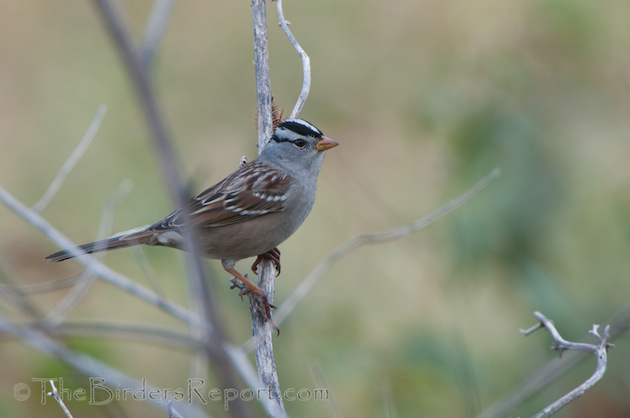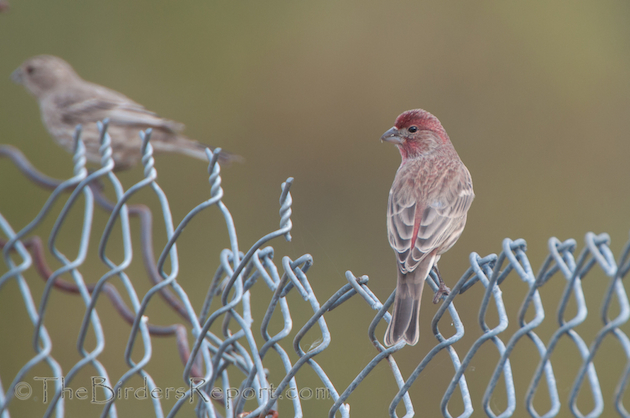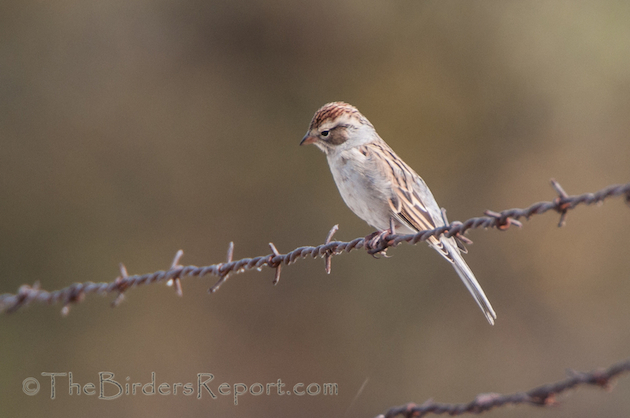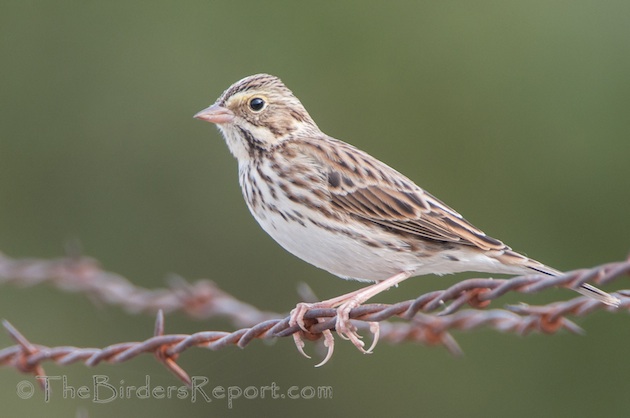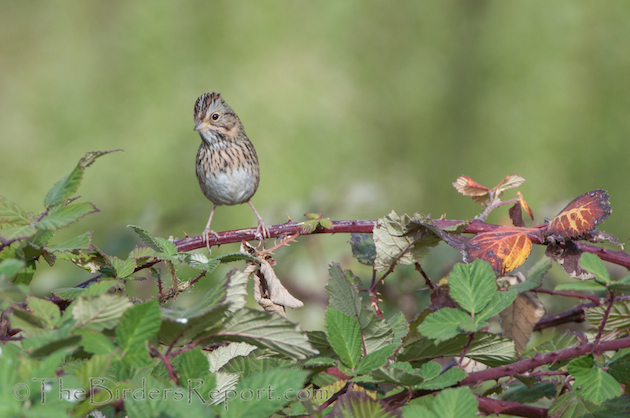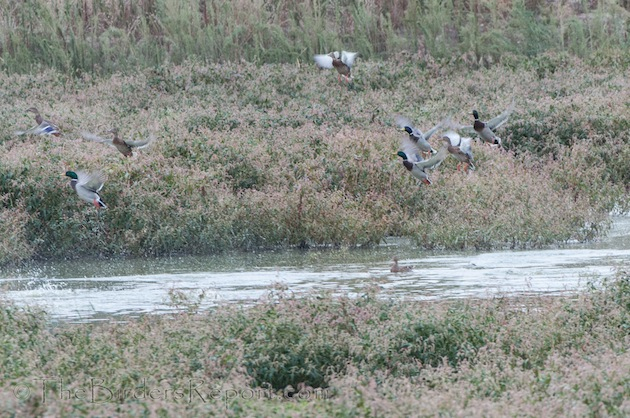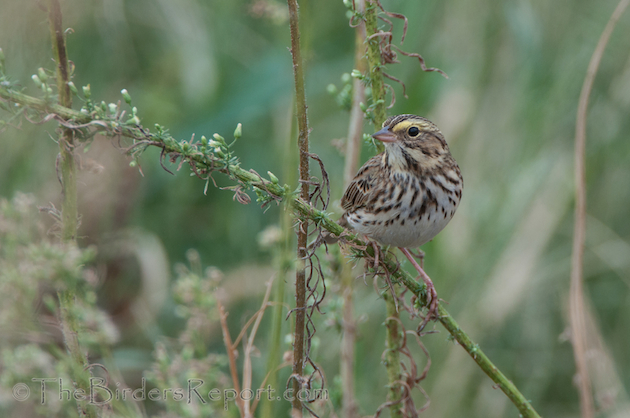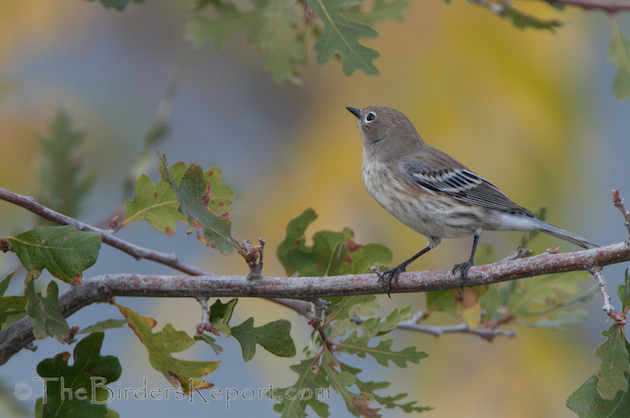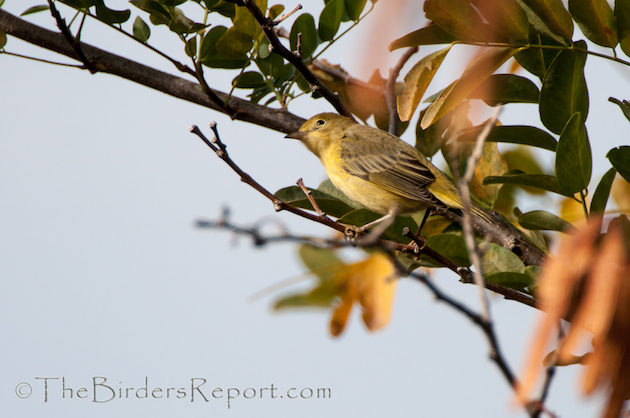From December 14 through January 5 tens of thousands of volunteers throughout the Americas take part in an adventure that has become a family tradition among generations. Families and students, birders and scientists, armed with binoculars, bird guides and checklists go out on an annual mission – often before dawn. For over one hundred years, the desire to both make a difference and to experience the beauty of nature has driven dedicated people to leave the comfort of a warm house during the Holiday season.
Birders of all skill levels are urged to participate in the Christmas Bird Count.
If you love birds, especially if you are a beginning bird watcher and want to learn about the birds where you live, you will want to participate in at least one Christmas Bird Count. You see, there is always at least one experienced birder in each field party, and each field party needs a recorder, someone to record the birds as they are counted.
While participating in my first Christmas Bird Count, not only did I learn which birds lived in my neighborhood in the winter, I learned where to find them on an American Ornithologists Union arranged bird check list, the same arrangement used by most bird guide books. If you are the group recorder, by the end of the day I guarantee you will have learned how to use a field guide to birds.
If you are an experienced birder you may be asked to lead a field party that covers a specific area within the 15 mile radius of your local count circle. Not only is this an excellent way to support bird conservation but you can also influence younger or less experienced birders by helping them identify birds and build their confidence in bird identification.
Getting involved in the Christmas Bird Count is easy!
All you have to do is go to Audubon’s get involved page to find a count circle near you and sign up! Don’t delay though, the counting starts in less than a month.
If you live in a designated Christmas Bird Count circle and are unable to go out into the field, you may still be able to participate by counting the birds in your own backyard. For more information on the 114th Audubon Annual Christmas Bird Count go to their FAQ page.
To see where and when our local Christmas Bird Counts are happening, check out our calendar of events page and above all, whatever you do, have fun birding!

